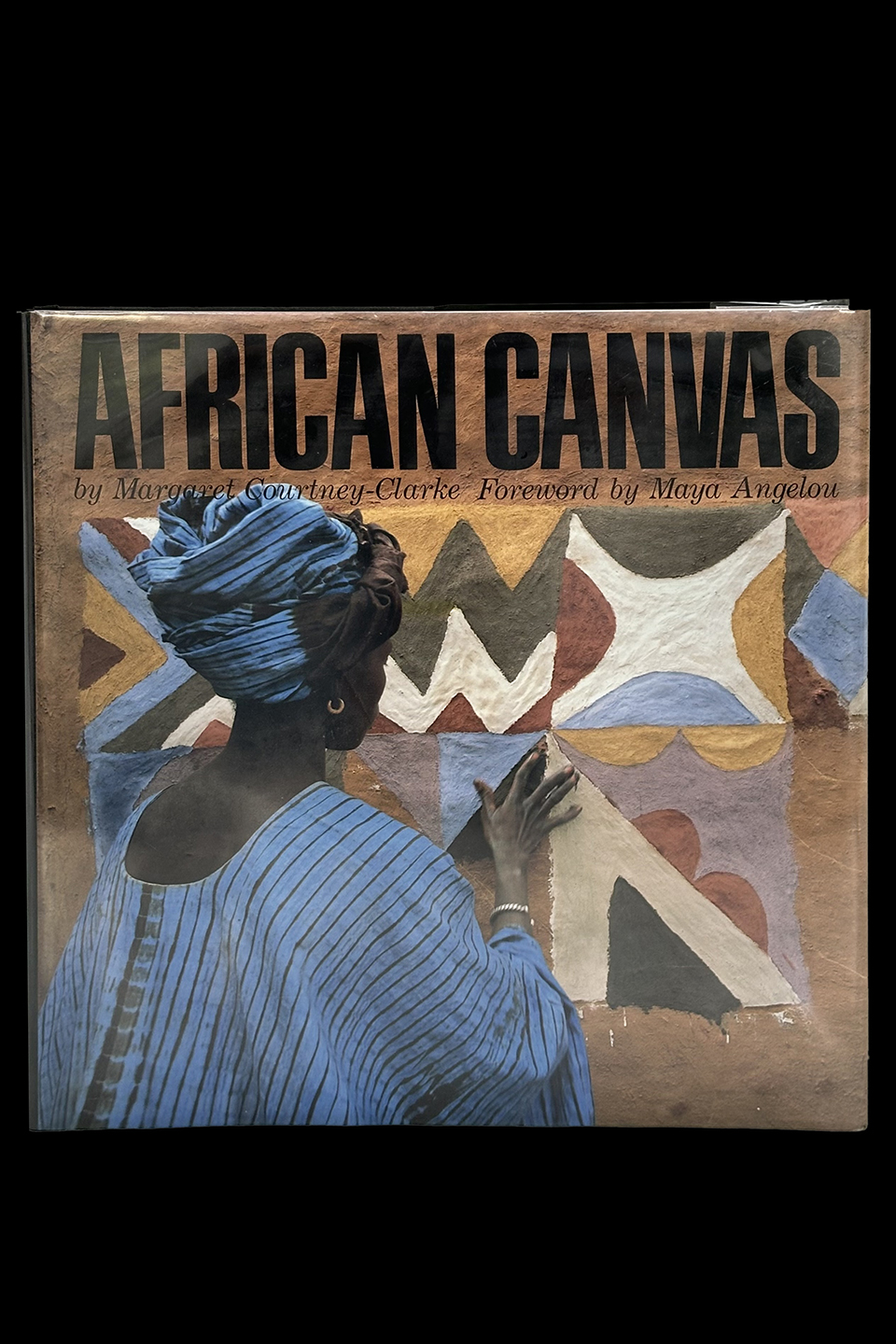
Photojournalist Courtney-Clarke, whose book Ndebele captured the painted wall art of South Africa, brings the same inquiring spirit to this depiction of her three-year trek from Nigeria to Senegal. Surviving sandstorms, locusts and malaria, she documents the bold geometric and symbolic wall paintings made by women in remote West African villages. These women transform objects from their daily world--a fish net, a cooking pot, a weaving, a calabash--into rippling patterns laden with cosmic significance. Made with natural pigments from plants or clay, these pictures often perish in the rainy season. Creeping urbanization is also taking its toll on the villages, whose mud compounds, houses, clothing, body painting and pottery Courtney-Clarke documents as well. This strong, moving photoessay is equally valuable as an investigation of a dwindling way of life and as a permanent record of a seldom-seen vernacular art form. Copyright 1990 Reed Business Information, Inc.
A beautiful pictorial survey of many of the traditions of architectural decoration created by women in various regions of West Africa. Courtney-Clarke, a journalist-photographer who previously wrote the similar Ndebele: The Art of an African Tribe ( LJ 8/86), provides an introduction consisting of commentary on the problems of locating and photographing the murals and their artists, as well as a brief discussion preceding each group of photos. As a record of an ephemeral art that is being abandoned in many areas, this book is strongly recommended for public and academic libraries. - Eugene C. Burt, Seattle Copyright 1990 Reed Business Information, Inc.
My objective in this work is to document an extraordinary art form - vernacular art and architecture in West Africa - that is not transportable and therefore not seen in museums around the world. It is an attempt to capture the unseen Africa, a glimpse into the homes and into the spirit of very proud and dignified peoples. In much the same way as I photographed the art of Ndebele women, I have drawn on my personal affinity for the art itself, for methods, design and form, rather than the socio-anthropological or political realities of a people or continent in dilemma. These images portray a unique tradition of Africa, a celebration of an indigenous rural culture in which the women are the artists and the home her canvas.
Margaret Courtney-Clarke, 1990